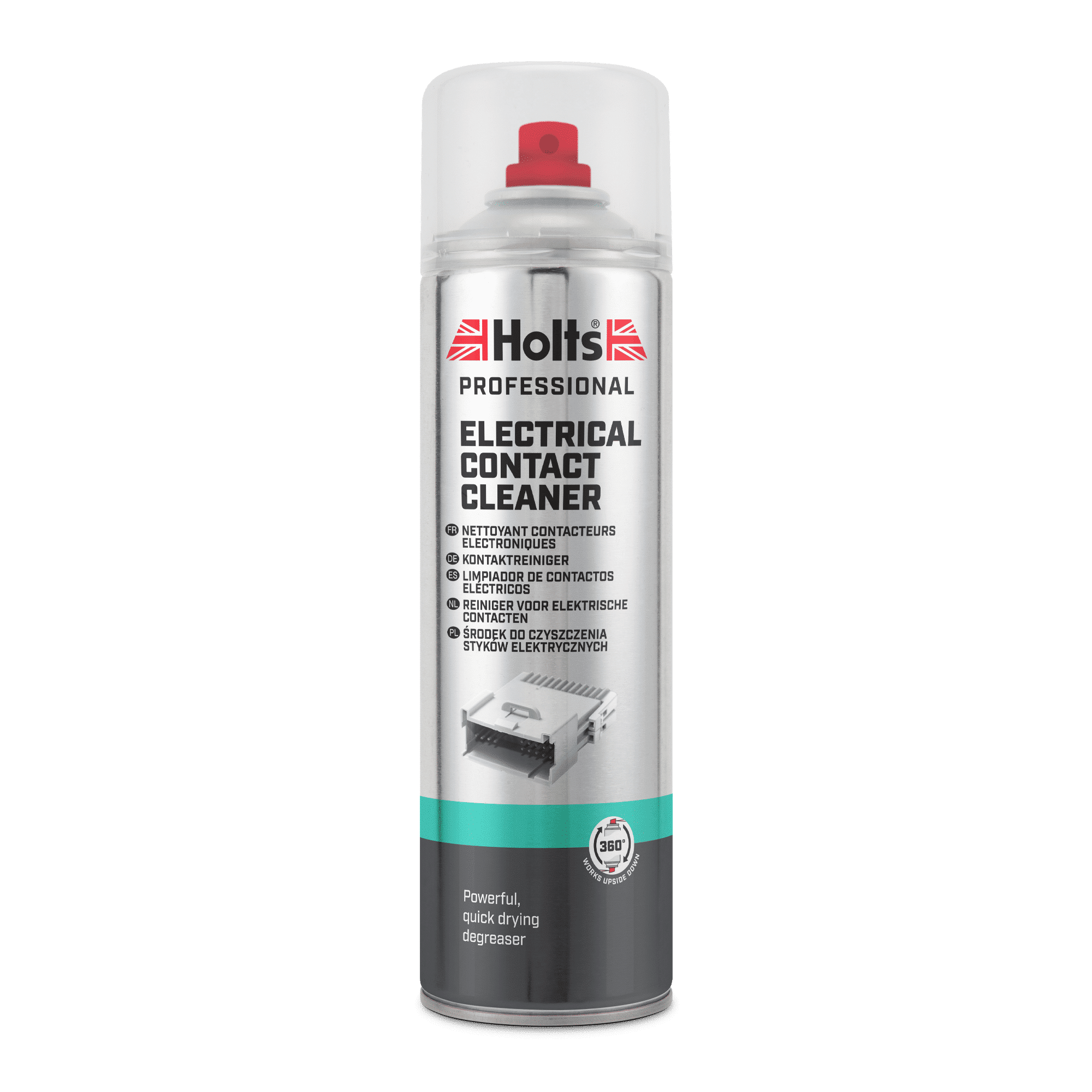Looking for a cheap run-around, either because you’re a student heading to uni and want a bit of independence (and the popularity that comes with having a car), or because you just need a way to get from A to B easily?
Buying a used car needn’t cost the earth, but with so many options and potentially murky car histories to contend with, not to mention the threat of mechanical failure a few miles down the road, how can you avoid nasty surprises when searching for your ideal second-hand car?
Here, we offer some essential top tips for students buying a second-hand car.
Be Wary When Searching for Used Cars Online
Newspaper classifieds were once the go-to place for used car sales, but now the internet has made it easier than ever to track down a second-hand car that’s perfectly suited to your budget and requirements.
Unfortunately, the increase in internet car sales has led to a growing number of criminals out to de-fraud unsuspecting buyers with fake adverts. Scammers have been known to target all of the major online car showrooms, including eBay, Autotrader, Parkers and Pistonheads, so it’s important to know how to spot ‘phantom’ car scams.
Here a few tips to spotting scam car sales online:
- If a car’s price sounds too good to be true, it probably is. Always check the vehicle’s value against the current market price. You can do so, here.
- If you ask to view the car, the owner will often be unavailable, even if you suggest a different date and time. Genuine sellers will be keen to meet you, so this should be viewed with suspicion.
- Photographs of the car can often be traced to another site, usually a review site or forum. Use Google’s reverse image search tool to trace the origins of a picture if you’re suspicious of a certain ad.
- Copy and paste the seller’s contact information into Google, using quotation marks to carry out an exact search. This will show if the seller has any other cars for sale, or if they’re using a scam template.
- Never send money without seeing the car in person first.
If you’re considering buying a second-hand car on eBay, this guide can help you spot potential scammers.
Take It for a Test Drive
Whether you’re buying from a private seller or a dealership, you should always insist on a test drive — the absolute minimum should be 15 minutes but longer is recommended — to get a feel for the car, and check everything is working as it should.
If possible start the car yourself from cold, and listen out for any strange noises or smoke from the exhaust. Once you’re out on the road, pay attention to the gears, clutch, suspension, brakes and steering. If there are any bumps, creaks, vibrations or noises of any kind, you should walk away.
We’d recommend driving on a mix of slow and fast roads to get a better picture of the car’s performance.
Outstanding Finance
Buying cars on finance is becoming more popular than ever, but this is giving rise to more and more people selling cars with outstanding finance attached.
Buy a car from someone who hasn’t finished paying for it, and you could find yourself out of pocket and without a car when the finance provider recovers the vehicle. So if you’re thinking of buying a nearly new car, always get a comprehensive car history check done. This is particularly true when you’re buying from a third-party seller, and not a dealership.
For other smart ways to avoid getting ripped off, check out our guide to buying a used car.
Cloning
One tactic used by backstreet car dealers is cloning, whereby one car is given the identity of another by swapping the number plates. For this to work the cars need to be near identical — same make, model and colour — but this can be difficult to spot. Remember, if a price sounds too good to be true it probably is, and you should research the car’s history until you’re satisfied you’re not being ripped off. You can check a vehicle’s complete history using a service like TotalCarCheck.
Clocking
Clocking is when the odometer on a high-mileage car is wound back to increase its value and asking price. For every 1,000 miles removed, the vehicle’s value increases substantially, so unwitting buyers could end up paying over the odds for a car that’s actually done double or triple the amount of advertised miles.
The best way to avoid clocking is to only buy a used car with a complete service history, showing the real mileage during every MOT and service. Be sure to check the car has a logbook before agreeing to buy.
Documents
Before you even start checking the car, you should take a look at all the vehicle’s documents to make sure they’re present, correct, and there’s nothing you should know about.
The documents you need to look at include the MOT certificate, service history and the logbook. If these aren’t there, or are only partially filled in, that doesn’t mean you shouldn’t buy the car — but we’d approach with caution.
Also, you should insist on seeing the complete V5C vehicle registration document. This shows the registered keeper and not the legal owner. If the present keeper is the one selling the car, ask why they’re selling the car for someone else.
Bodywork
A car’s bodywork can often tell you a lot about its overall condition, and how well it’s been taken care of by previous owners. Look out for scrapes and dents, as these areas are prone to rusting and degradation, and can also harm a car’s resale value. You should also pay close attention to the undercarriage for any sign of rust or pitting, as this could cause problems later on, or even lead to an MOT failure. Look closely at the wheel arches and sills, and ask about the condition of parts beneath the car.
Check Electrics and Other Features
When inspecting a used car, don’t be afraid to ask for the keys, get behind the wheel and fiddle with the switches and knobs. Check that all electrics work, including lights, wipers, dash and stereo, and adjust the climate controls to make sure they’re working properly. Having electrical components fixed can often cost more than you bargained for, and broken controls could even be a sign of a more serious issue, like a flat battery.
If you need to clean your electrical components, give Holts Electrical Contact Cleaner a try.
Vehicle Identification Number
Make sure the Vehicle Identification Number (VIN) found on the windscreen, chassis and bonnet matches the logbook. If it doesn’t, run a mile.
Other Things to Consider
Here are some additional tips that could help you when buying a second-hand car:
- Budget: From insurance to tax, running costs soon add up. Choose your budget carefully, and stick to it.
- View cars in the daylight: If you arrange to view a car at night, or in the rain, you could miss something important.
- Locking wheel nuts: Does the car you’re interested in have alloy wheels? If so, make sure the owner has the original key.
- No handbook? Ask why: Handbooks are packed with essential information to help you take care of your car, and can be costly to replace.
- Don’t feel pressured: Some dealers make it their mission to sell you a car, but don’t feel pressured into buying. Be confident, and drive the sale on your terms.
Our pick of the best second-hand cars
Interested in buying an affordable used car but not sure where to start? Here are our pick of the most reliable and cost-efficient cars for students and other drivers looking for a cheap run-around.
- Volkswagen Polo
- Ford Fiesta
- Toyota Yaris
- Skoda Fabia
- Seat Ibiza
- Vauxhall Corsa
- Kia Rio
- Suzuki Swift
- Hyundai i10
- Mazda 2
Enjoyed this article? Don’t forget to check out our illustrated guide to buying a second-hand car. And, once you’ve food your perfect second-hand car, be sure to stock up on a few bits and bobs from our range of DIY car care products — including Tyreweld Emergency Puncture Repair and Bradex Easy Start.
For more information, visit the homepage.




